This Is You
What Design for Democracy Showed Me of Humans and Home
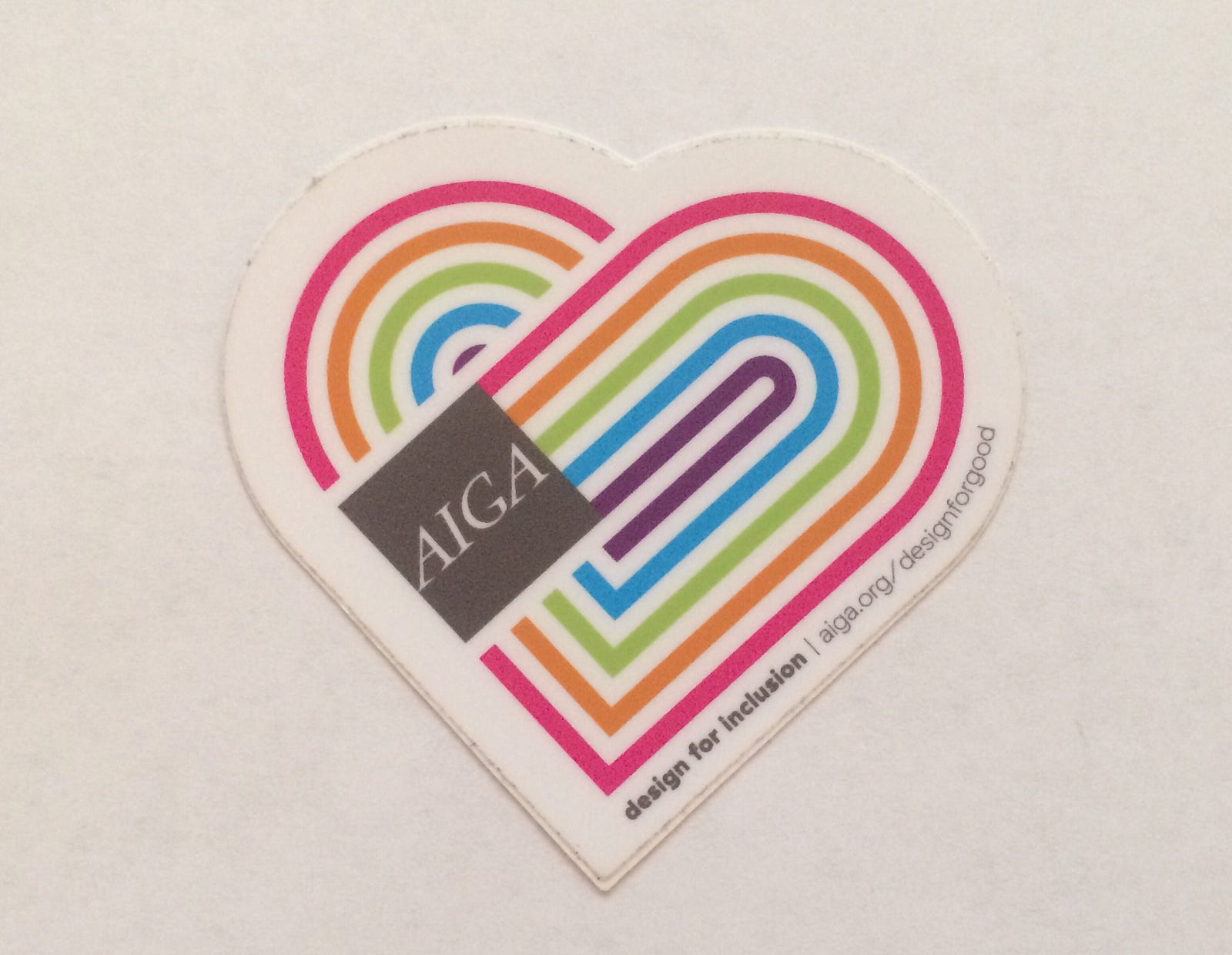
This year defied my every expectation. It’s made me so angry, hopeful, and exhausted, but ultimately humbled because of one project.
As AIGA-ATL’s Design for Good Director and co-author of Path to Impact I was asked to direct an NEA grant for a GOTV project in partnership with CPACS, a non-profit that has served immigrants and refugees in Atlanta since the year I was born, 1980. And my first thoughts were:
What the hell do I even know about this?
Am I even qualified to lead this project?
I have worked in Atlanta as an indie designer with a revolving door studio for nearly 10 years where I’ve been collaborating with the collective magic of ATL’s indie creative scene for project-based work, but this has been my community for over 20 years. I have a network that spans design, film and photography, animation, graphic recording, code and UX, literature, contemporary fine art, dance & performance, street art and mural culture, theater, improv, music and sound design, visual tech, puppeteering, and sustainable small business. This diversity of talent allows me the flexibility to find the right humans for each project.
What I love most about design is that I don’t have to know exactly what I’m going to do when I start, I’m trusted to figure it out and make it happen. Sometimes, as in this case, that trust scares me a little, but I usually manage to work it out. So I put my hopes and fears aside to simply trust the process, and fortunately for me, I happened to be the co-author of the process I planned to use, Path to Impact, so if I fail at this, it’s truly my failure to reconcile with myself and other partners.
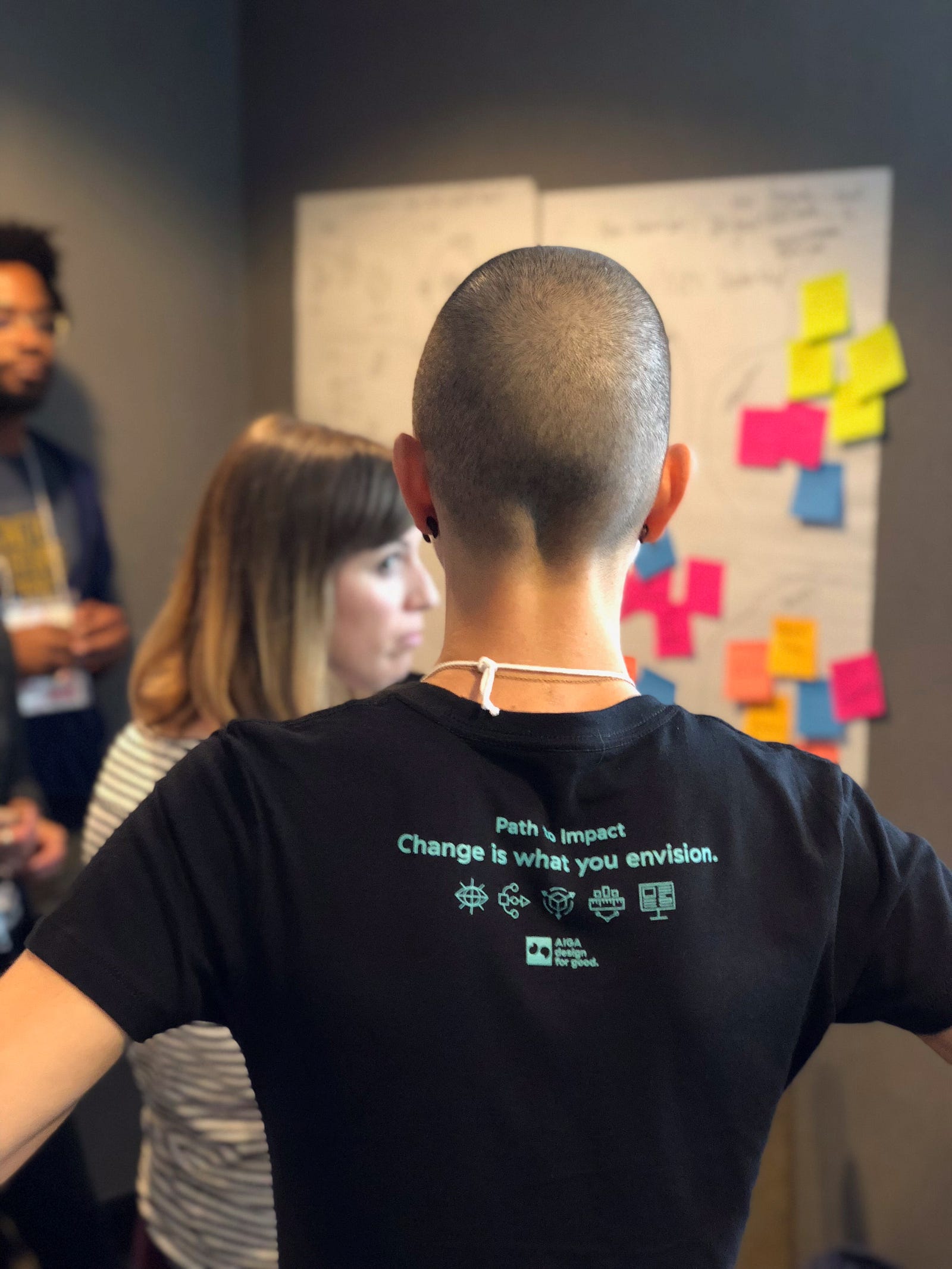
If you ever want to know who you are as a human and a designer do a soft-publish on an impact framework and then be offered a perfect project to case study at a crucial time in US and Atlanta’s civil rights history.
In my lifetime I’ve never known our country to be more united or divided, and political engagement is at the center of that friction. I love studying the relationship dynamics that bring humans together and those that tear humans apart, to find the sweet spots of unity and collective power. ATL is a perfect place for this study, we’re a massive small town where everyone knows each other or is 1 degree away from your sphere of influence. My subjective perspective is of a diverse community that works together, looks out for one another, has hard conversations, and believes in ATL’s legacy of leadership in civil and human rights. We don’t always get along, but we’re family, and living in “the city to busy to hate.” ATL has a way of being very uncomfortable for bigots on any spectrum, because it simply isn’t tolerated, someone will call you out, and your reputation is at stake. Contrast this against a national landscape where fighting against white nationalism and neo-nazi’s is actually a thing these days, a thing a lot of us never expected to deal with again. Not that we were naive and believed oppression was gone from the world but under the assumption we were moving forward in this discussion, when really what had become apparent was how many people had been left out of the conversation.
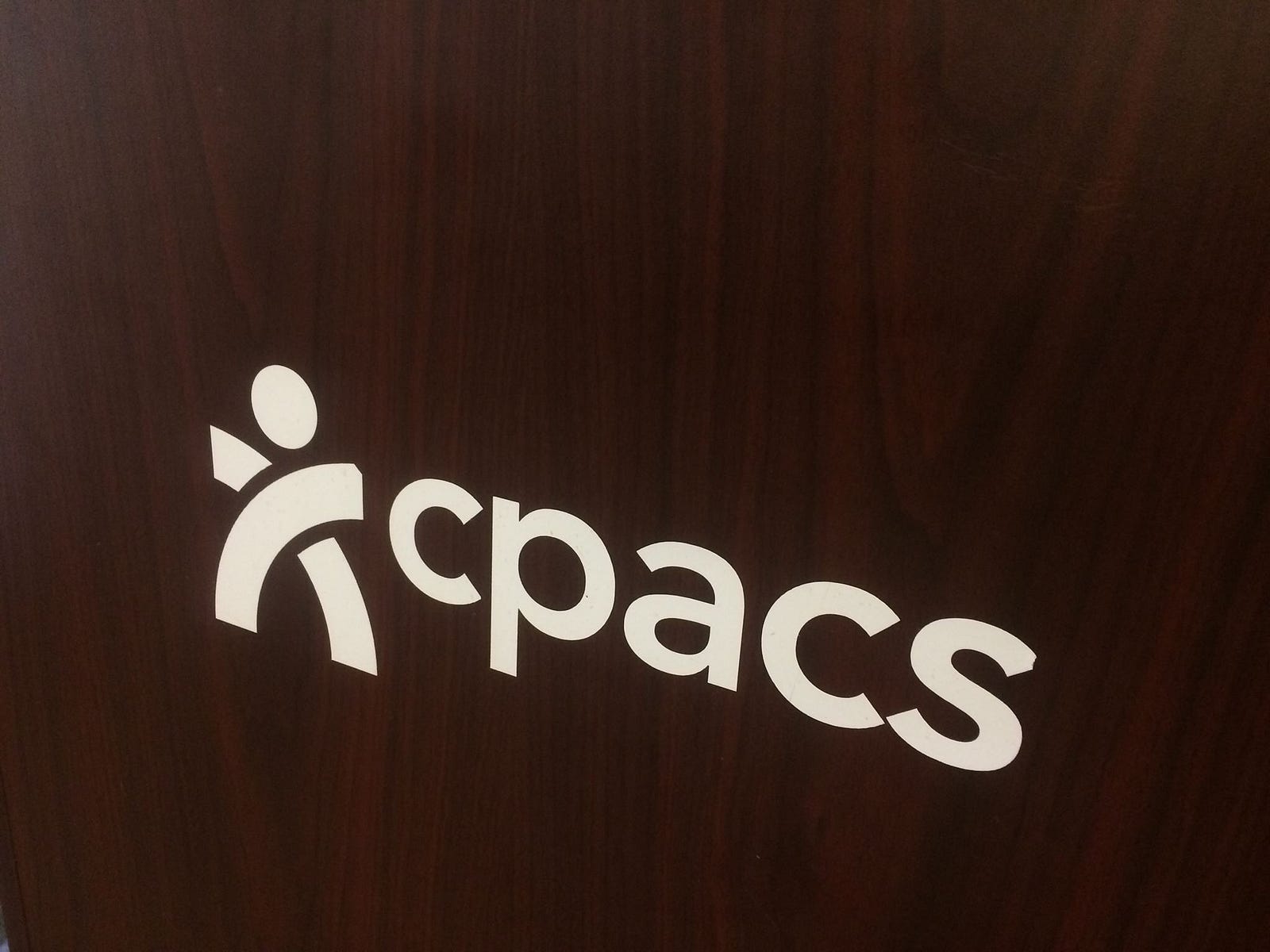
This was the focus of my project, to inspire non-partisan voter engagement for immigrants and refugees living in the Buford Highway area. My first step was to get to know them better. To me, this area is home to some of the best food in the city because you can taste cultures from around the world prepared within their traditions, but I had to dig deeper. I started by getting to know CPACS, I read all their existing materials, attended community events, and even had the chance to speak with some of their youth leaders. This organization is a model example of community service, diversity & inclusion, and safe space.
With their help, I arranged to facilitate a strategy session with representatives from the 17 distinct cultures that make up the CPACS community. I did empathy mapping having each leader help me understand why their community members are registered and eligible, but don’t vote. What were the barriers to engagement? After two hours the answer became clear, they didn’t have a why statement. They had each been told how, what, when, where, but didn’t connect with why voting is not just our right as citizens to voluntarily exercise, but our obligation to each other in developing our collective future. It was the power of our voice about our values and what we want government to do for us. Many people don’t vote in the midterms, but those elections are often the most important, affecting our local infrastructures and congressional laws; having the most impact on our daily lives.

How do we better communicate the importance of voting and democratic engagement for local representation in as many languages as possible without being offensive to a single culture represented?
With language barriers being an obstacle and translation into multiple languages being necessary, we chose video as the primary output so it can be subtitled. I needed to figure out how to get a video made, and what story we were even telling. So I held another strategy session, this time with professional storytellers, designers, and civic leaders from the served community as my stakeholders. At this time Angela Aquino, a long-time collaborator joined this project to help with design and art direction for the print campaign to accompany the video. Through storyboarding we began to build a core narrative of the impacts of voting on daily life and the importance of personal accountability within community building. Now getting this into a script and finished piece was another animal entirely, and I needed to build a team.
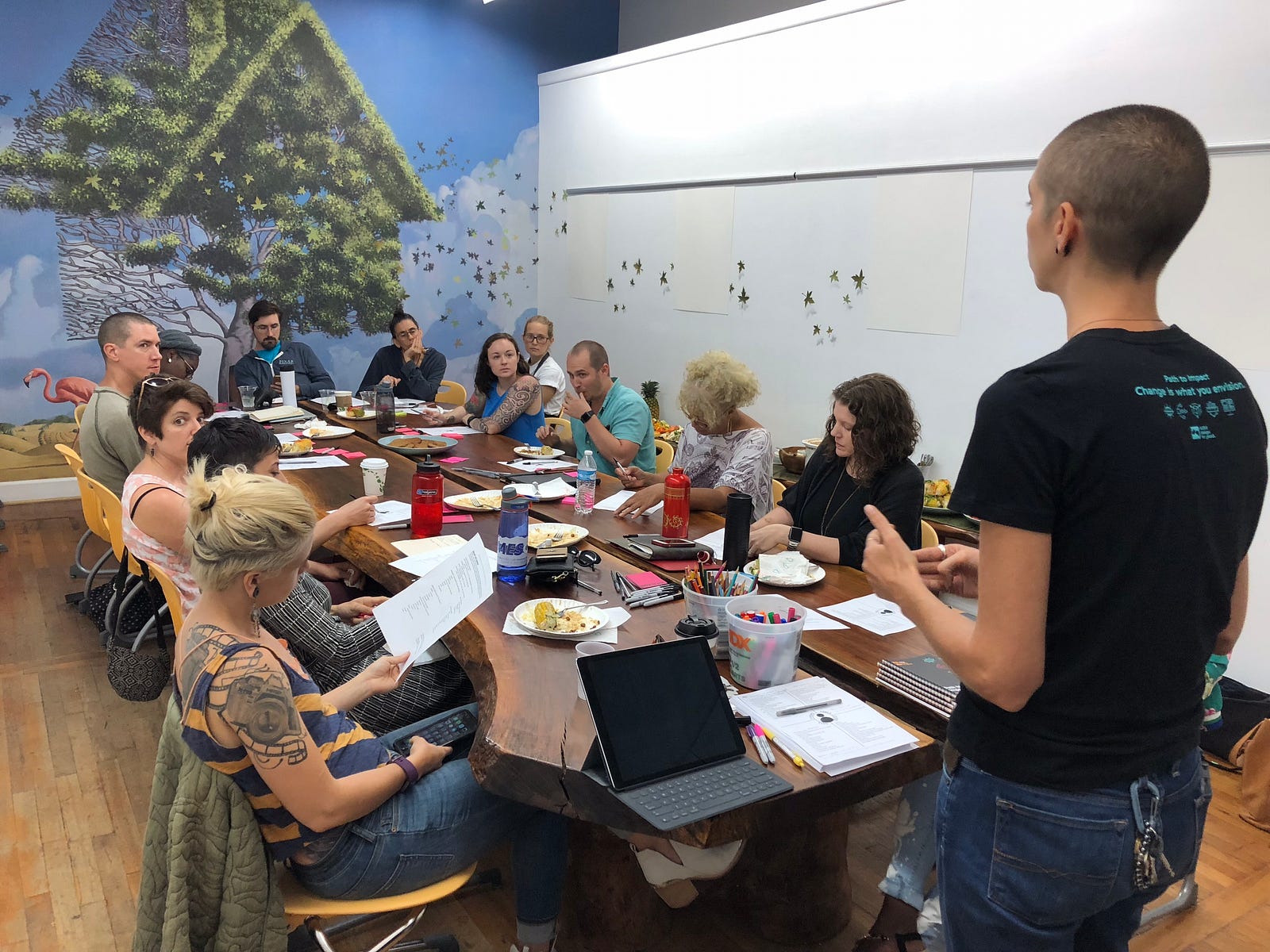
The ideal team for this is of the community we’re representing, adept at the skills required, who can speak to what I, as a white woman, cannot.
Personally, I’m not a fan of the term “diversity hire” because I don’t want tokenism to play a role, I want honesty to be the focus. I needed a script that could speak to the hearts of immigrants, so I reached out into my network to Suehyla El Attar, an accomplished Muslim-American play write, performer, voice over actress, daughter of immigrants and raised in the south. I am grateful that amidst her multiple performances she eagerly agreed to help tell this story. Next was finding someone to visualize the script. In the interest of time, money, and accessibility we decided to keep the visuals low-fi. We wanted something to connect with the broadest range of our demographic and still feel familiar.
I met Kate Morales in the days shortly after the 2016 election, she and I co-facilitated a safe space event to help with the collective unpacking and distress felt within ATL. She is a talented graphic recorder that also worked in impact spaces and strategic visual storytelling to amplify marginalized voices, and the best person in my community for this. Again, I am grateful she said yes. Kate and I agreed that instead of a whiteboard animation as is popular in tech, we’d invert it to be chalkboard animation, simple tools every culture understands. The only real hurdle for the visuals was character design.
How do you visually represent 17 different cultures in a positive metaphor as a single image, without employing obvious tropes of race and gender, or potentially offending the cultures we seek to reach that believe depicting a human face in art is sacrilegious?
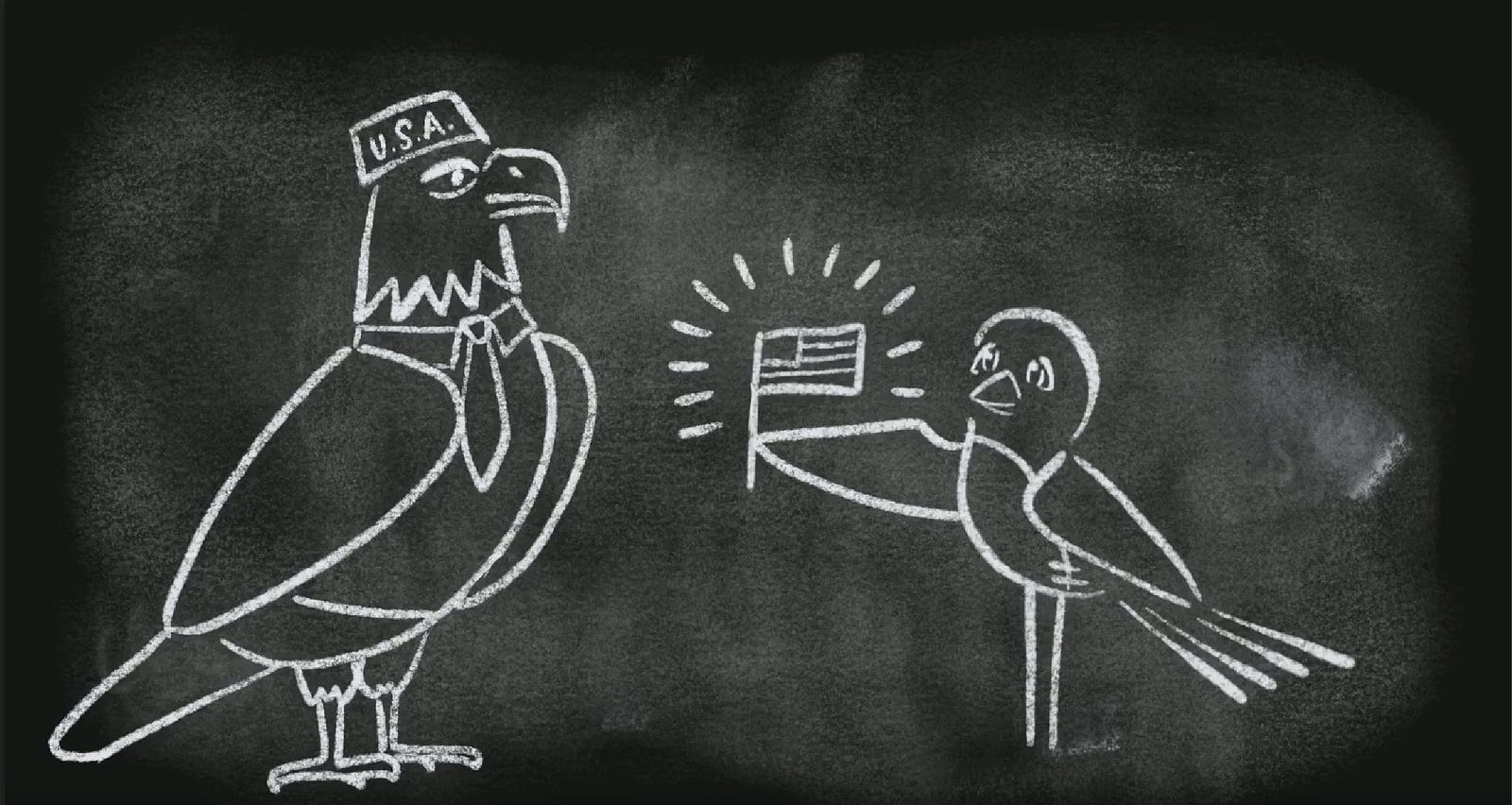
Birds. In nearly every culture birds represent freedom, the gift of voice or song, they are migratory and can represent immigration, while providing a positive identity-ambiguous metaphor. Kate got to work animating Suehyla’s script with a rough voice recording to pace the timing. Suehyla set out to find our voice, because we agreed a non-white American male voice was essential to convey the story, and she found DonTaé Hodge. I reached out to another community member we share, Jeremiah Kulani Prescott, for sound and video editing to get the timing and sound effects aligned.
It was the perfect American melting pot metaphor, when all the flavors begin to meld. The team was a perfectly balanced blend all working in harmony towards our shared goal. Each a leader in their own field, using the power of their craft, making magic happen from my strategy. This was democracy in action. Each voice free to express their power for a collective cause. My team wasn’t a random selection of strangers, it was my community, coming together to help me help others. I couldn’t have done this project at any other moment of my life or without the investments I’ve made into my home — a city I used to dream of leaving, that is now a city I’m so proud to call my home because of what it shows me of intersectional love, creative abundance, and unity.
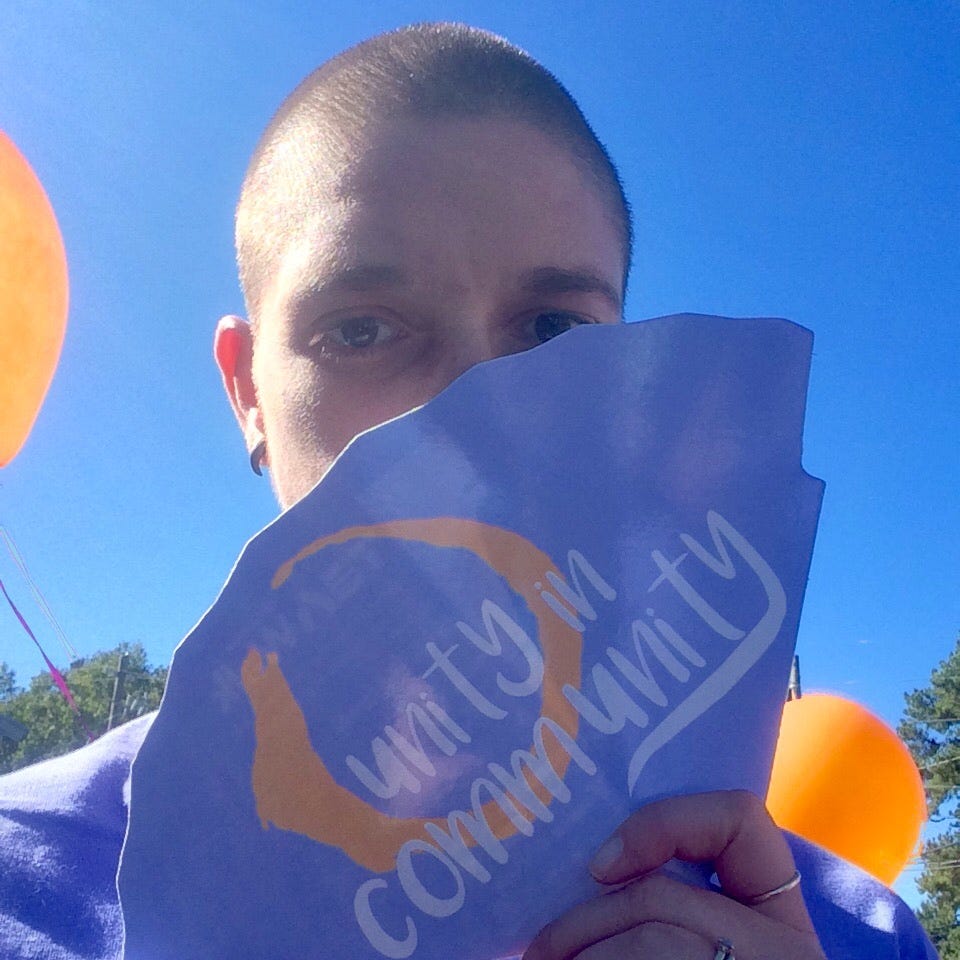
Every design project teaches me something about humanity, and this one moreso than others. I am often designing in NPO spaces working to communicate on bahalf of those working to rehabilitate the impacts of bigotry and violence disproportionately affecting brown people, women, and queers. It’s easy to see the pain, but this isn’t a story about pain, it never was, that just seems to be where the focus often stops. It’s always been a story of courage, strength, stamina, and hope. Of people coming together to give what they have no matter how much or how little to build resilient communities. Of people forging bonds across cultures. Of living up to the promise of America, democracy, and a collective but still individual freedom. This is a story of people who rise up in the face of hate to protect each other and show love.
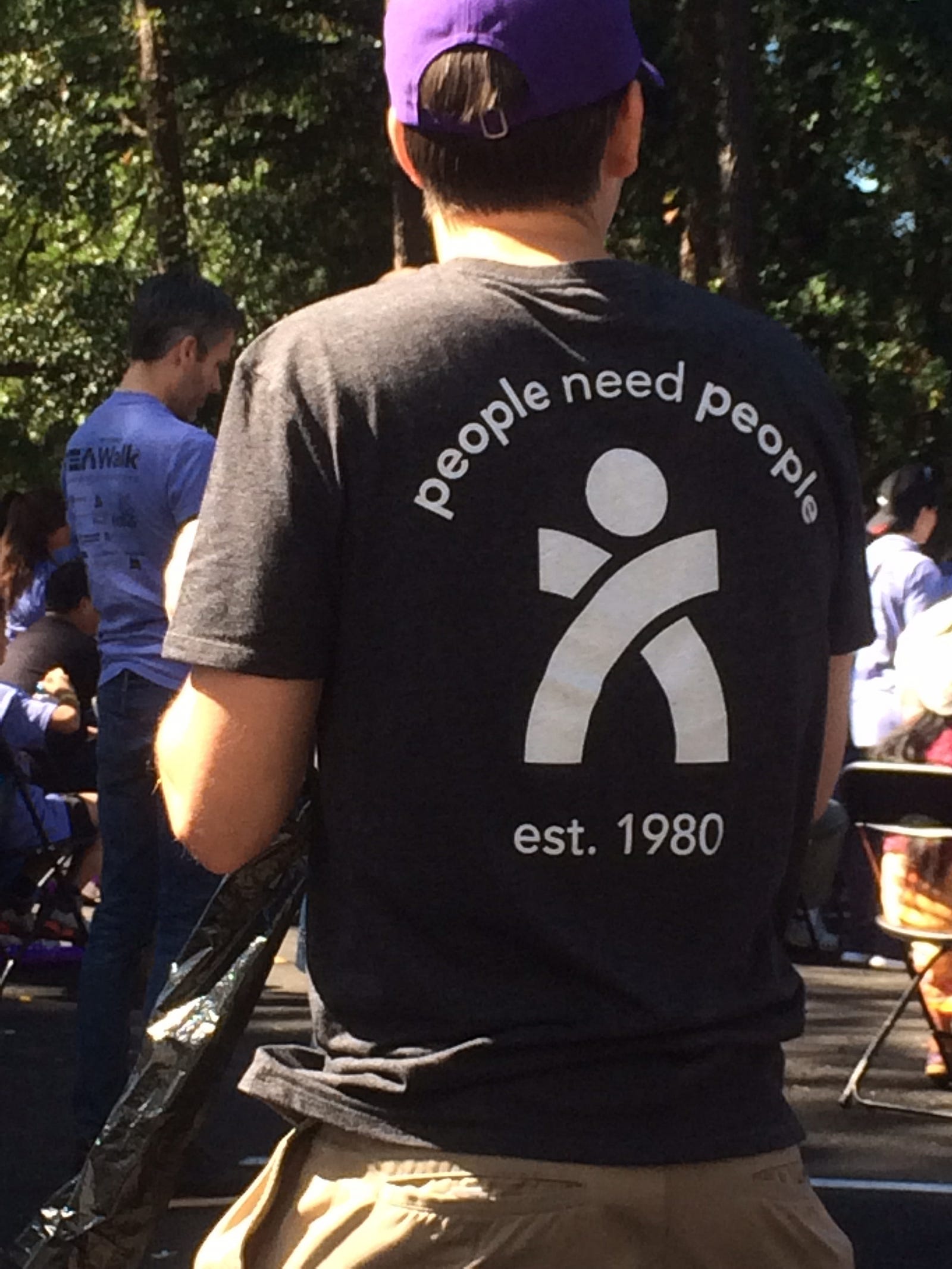
My major realization in digging into these communities and cultures is that all major peace movements around the world and throughout history have been led by brown people, women, and queers. It’s way past time to listen to what they have to say about togetherness.
At the end of the day humanity is a shared language of the heart. We want to be heard, feel safe and valued for our contributions, help someone in need, achieve our perceived potential, challenge ourselves, and celebrate life through song, dance, and our stories. Sometimes we lose hope, despair, worry, even give up and it’s in those times what actually matters is not your material prosperity, or reputation, but who is by your side helping you, and how those relationships define home.
My hopes and fears now reassessed, I realize, I’m never truly alone when I am in ATL, none of us are. I will always find who and what I need when I ask my community for help and I willingly give all I can. This project was created by ATL to serve ATL, in an effort to raise our voices in a time when courage, strength, stamina, and hope are needed now more than ever. A reminder that we are united and indivisible with liberty and justice for all at our core. And when we work together we can change the world. Atlanta is ready and willing to shout and fight, create and love, louder than ever to ensure the safety of our fellow humans, because this is us, and this is our home.

